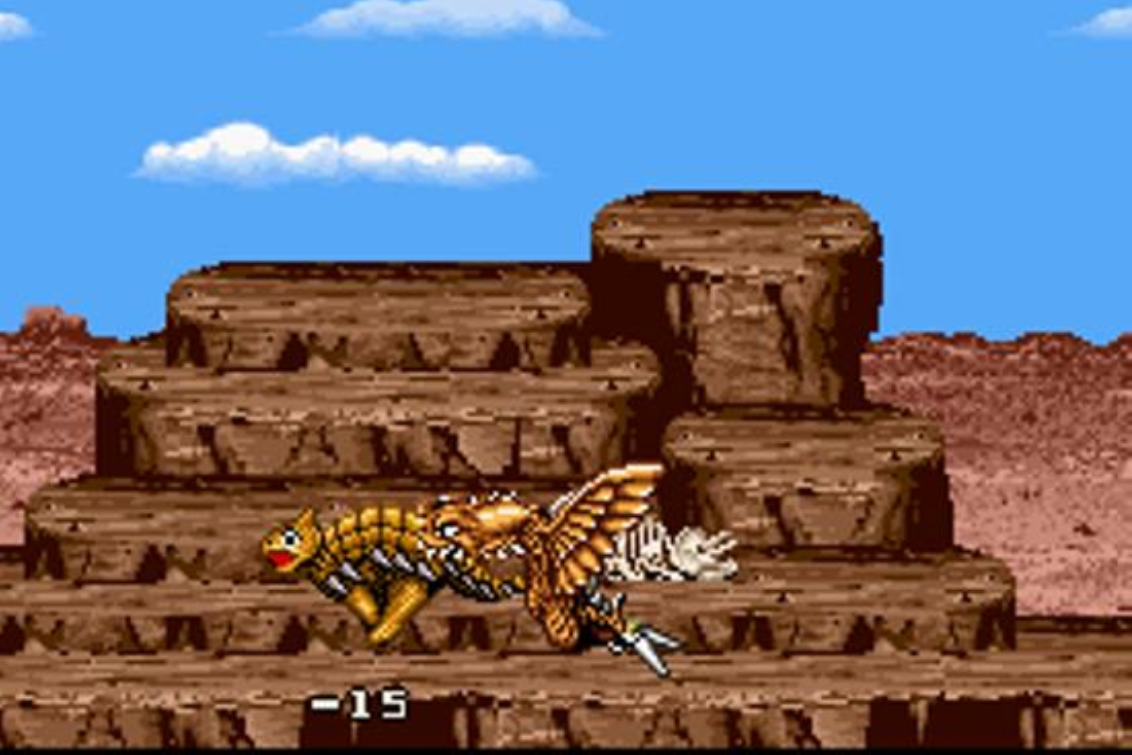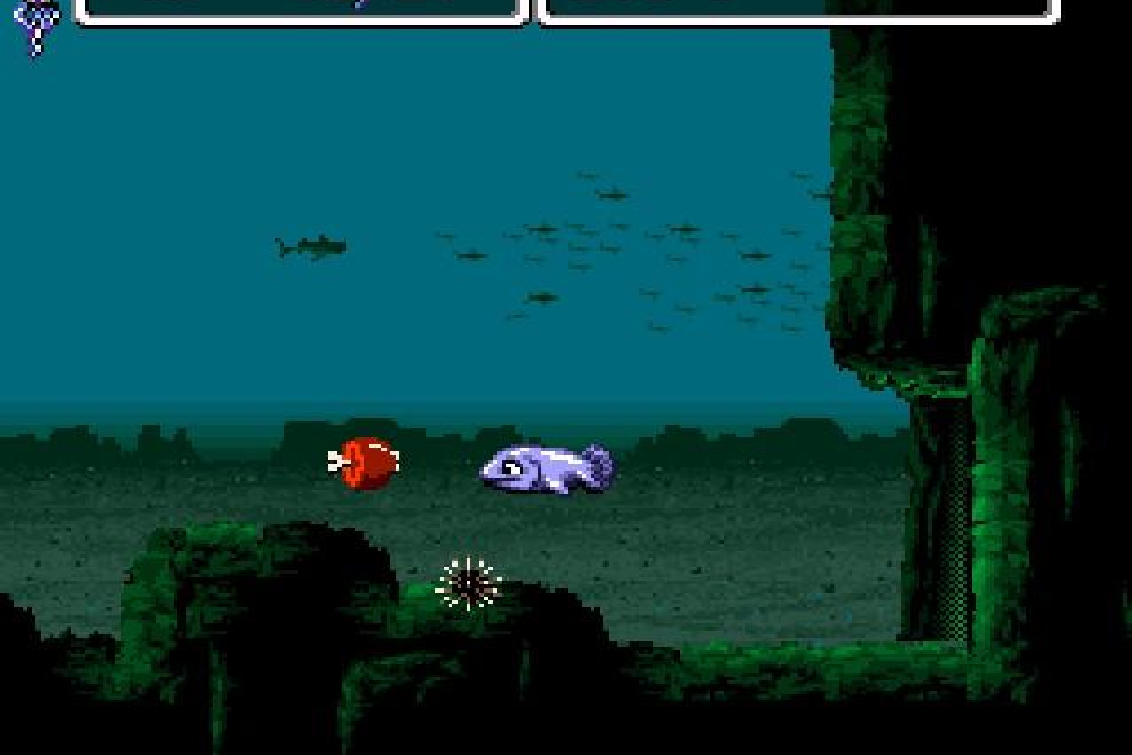Little Samson
Little Samson: A Hidden Gem of Classic Action-Adventure
- Platform: SNES
- Developer: Takeru
- Genre: Platformer
Released in 1992 for the NES, Little Samson is an action-adventure title developed by Takeru and published by Taito. Despite its late arrival in the NES library and low sales figures, it has garnered a dedicated following and is celebrated for its charming characters, polished mechanics, and beautiful presentation.The narrative centers around the kingdom of Alcaria, which falls under threat from the dark prince Ta-Keed. To combat this evil, the king sends out a call for heroes, which is answered by four unique characters: Little Samson, Kikira the Dragon, Gamm the Golem, and K.O. the Mouse. Each character has a distinct backstory and abilities that contribute to the overall mission. Samson, the agile and brave protagonist, is joined by his varied companions, creating a diverse team with unique skills essential for overcoming the kingdom's challenges.
One of the standout features of Little Samson is the ability to switch between the four heroes at any time, each offering a unique set of abilities. Samson excels in agility and can climb walls, Kikira can fly and unleash powerful fire breath, Gamm boasts immense strength and resilience, while K.O. is small enough to navigate tight spaces and drop bombs. This mechanic not only adds variety but also requires strategic thinking, as players must decide which character is best suited for specific obstacles or enemies. The seamless switching between characters provides a dynamic experience, keeping the adventure fresh and engaging. The level design in Little Samson is meticulously crafted, offering a wide range of environments that test the unique abilities of each character. From lush forests and icy caverns to fiery volcanoes and ominous castles, each level is filled with creative obstacles and enemies that require players to think on their feet. The thoughtful placement of hazards and the need for different abilities ensure that the use of all four characters is integral to progress. This variety in level design not only enhances the experience but also showcases the developers' creativity and attention to detail.

Little Samson is visually stunning, especially considering the limitations of the NES hardware. The vibrant and detailed pixel art brings the world of Alcaria to life, with each character and environment bursting with personality and color. The animation is smooth and fluid, contributing to the overall polish and charm of the title. Accompanying the visuals is a memorable soundtrack composed by the talented Toshiyuki Takine. The music perfectly captures the adventurous spirit and varying moods of the different stages, enhancing the immersive experience. Upon its release, Little Samson received positive reviews for its engaging mechanics, charming characters, and high-quality presentation. However, due to its late release in the NES's life cycle and limited marketing, it did not achieve significant commercial success. Over the years, it has become a highly sought-after collector's item, with physical copies fetching high prices on the secondary market. Modern retrospectives and reviews have continued to praise its innovative design and enduring appeal, solidifying its status as a hidden gem of the 8-bit era.
The influence of Little Samson can be seen in subsequent action-adventure titles that emphasize character variety and strategic switching. Its blend of engaging mechanics, diverse abilities, and polished presentation set a high standard for the genre. The game's legacy endures through its dedicated fanbase and the continued interest in its innovative approach to character-based action. Little Samson's enduring popularity is a testament to its quality and the memorable experience it provides.The synergy between the four heroes in Little Samson is a core strength, creating a cohesive team dynamic that enhances the overall experience. Each character's abilities complement the others, allowing for creative problem-solving and varied approaches to obstacles and enemies. For example, Samson’s wall-climbing ability might be used to reach high platforms, while K.O.’s small size is perfect for navigating tight spaces that are inaccessible to others. This interplay encourages players to think strategically about how to utilize each character's strengths effectively, fostering a sense of cooperation and teamwork even within a single-player framework.

Another highlight of Little Samson is its well-designed boss encounters. Each boss fight is a test of skill and strategy, requiring players to understand and exploit the unique mechanics and abilities of each character. The bosses are diverse, ranging from gigantic creatures to powerful sorcerers, each with distinct attack patterns and weaknesses. These battles serve as climactic moments within the levels, providing a satisfying challenge that punctuates the progression through the game. The need to switch between characters during these encounters adds an extra layer of complexity and excitement. Over the years, Little Samson has gained a cult following, with its status as a rare and valuable NES title contributing to its mystique. Collectors and enthusiasts of retro gaming often seek out this title, not only for its scarcity but also for its quality. The physical cartridges are considered prized possessions, often fetching high prices in the market. This collector's appeal has helped to maintain interest in Little Samson long after its initial release, highlighting its impact on the retro gaming community and its reputation as a hidden gem worth experiencing.
The enduring popularity of Little Samson has led to calls for its revival and re-release on modern platforms. Fans and preservationists alike have advocated for digital reissues or inclusion in classic collections, ensuring that new generations can enjoy this classic title without needing to seek out rare physical copies. The game’s timeless design and engaging mechanics make it a perfect candidate for modern re-releases, allowing it to reach a broader audience and secure its place in the annals of action-adventure classics. In conclusion, Little Samson remains a standout example of 8-bit innovation and creativity. Its combination of character variety, strategic depth, challenging levels, and polished presentation creates a memorable and engaging experience. The game’s legacy continues to grow, driven by its dedicated fanbase and the recognition of its quality and uniqueness. Little Samson's journey from an overlooked release to a revered classic underscores the enduring appeal of well-crafted interactive experiences, and its influence will likely be felt for years to come.